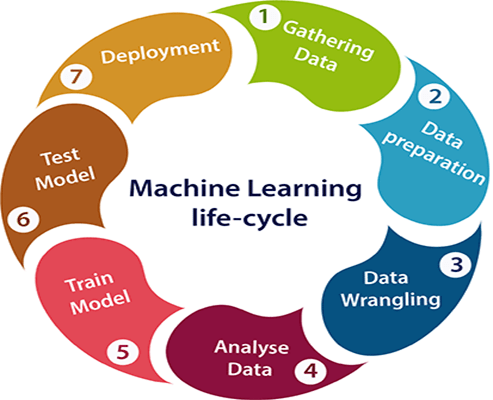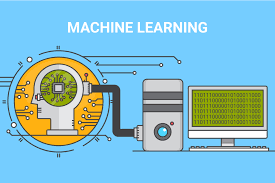Machine Learning Development: A Simplified Overview
Machine learning (ML) development is a rapidly evolving field that focuses on creating algorithms that enable computers to learn and make decisions without explicit programming. As technology advances, ML is being used across industries to solve complex problems and improve efficiency. In this article, we’ll explore machine learning development in a simple and digestible manner.
What is Machine Learning?
Machine learning is a branch of artificial intelligence (AI) that allows computers to learn from data. Instead of relying on human programming for every task, ML algorithms use patterns and insights from large datasets to make predictions, classifications, or decisions. As a result, machine learning empowers systems to improve over time through experience.
Learn more about Artificial Intelligence and Machine Learning.
Key Types of Machine Learning
In machine learning development, there are three primary types:
- Supervised Learning: This type of learning uses labeled data to train models. It is ideal for tasks like classification and regression.
- Unsupervised Learning: Here, the system works with unlabeled data to identify patterns or group similar items together, commonly used in clustering.
- Reinforcement Learning: In this type, an agent learns by interacting with its environment, receiving rewards or penalties based on actions.
Each of these methods has specific applications across industries, including healthcare, finance, and marketing.
Steps in Machine Learning Development
To develop a machine learning model, follow these basic steps:
- Data Collection: First, gather a large and diverse set of data relevant to the problem you want to solve.
- Data Preprocessing: Clean the data by removing duplicates, handling missing values, and transforming it into a suitable format for training.
- Model Training: Choose an appropriate algorithm and train it using your dataset. This is where the machine learns the patterns within the data.
- Model Evaluation: After training, test the model’s performance using separate validation data to ensure accuracy.
- Deployment and Monitoring: Once the model is trained and evaluated, deploy it in real-world applications and continuously monitor its performance for improvements.
For a detailed guide, check out this step-by-step machine learning tutorial.

Tools and Technologies in Machine Learning Development
The field of machine learning relies heavily on various tools and technologies. Some of the most popular frameworks include:
- TensorFlow: An open-source framework widely used for developing machine learning models.
- Scikit-learn: A Python library that provides simple and efficient tools for data mining and machine learning.
- PyTorch: Known for its flexibility and ease of use, PyTorch is favored for deep learning applications.
These frameworks, along with other tools, make it easier for developers to build and deploy ML models at scale.
Real-World Applications of Machine Learning
Machine learning development has proven to be transformative across several sectors. For example, in healthcare, ML is used for predictive diagnostics and personalized medicine. In finance, algorithms assist with fraud detection and investment strategies. Additionally, machine learning powers recommendation systems, like the ones used by Netflix and Amazon, to enhance user experience.
Discover more real-world applications of ML in healthcare and finance.
Challenges in Machine Learning Development
While machine learning holds immense potential, it also comes with challenges. For one, collecting high-quality data is often time-consuming and expensive. Additionally, overfitting (when the model performs well on training data but poorly on new data) can be a significant issue. Finally, as ML models become more complex, ensuring interpretability and fairness remains a priority.
Learn about overcoming these challenges in this machine learning article.
Conclusion
Machine learning development is an exciting and rapidly advancing field that is revolutionizing the way we interact with technology. By understanding the types of ML, the development process, and real-world applications, businesses and individuals can leverage its power for innovative solutions. As technology continues to improve, machine learning will play an even larger role in shaping industries worldwide.
For more insights on machine learning, explore additional resources on machine learning frameworks and model deployment.

